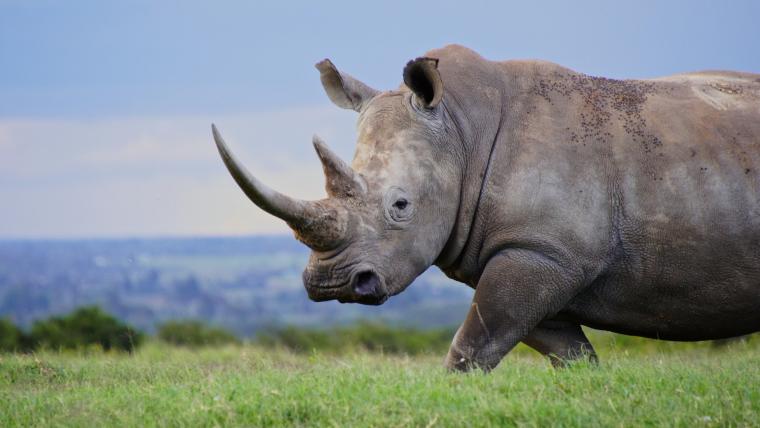
Why a rhino needs its horn more than you ever will
Silent grey beasts roam southern Africa. The enormous creatures have survived for 34 million years to be one of the last remaining prehistoric animals. But what makes them unique is also what makes them vulnerable. Southern white rhinos have been hunted for their horns for centuries. Once believed to be extinct, they have become the face of conservation efforts in the 21st century.
After hunting killed most of the southern white rhino population, a group was found in South Africa in 1895. Extensive protection of the species has resulted in the number of rhinos living in the wild to be estimated at over 20 000 today. However, they are still in danger as their horns remain a commodity in some countries. Made of keratin, a rhino’s horn is targeted for use in traditional healing, despite having no medicinal properties. A rhino depends on its horn for survival, far more than any person could need it. Defending territory, fighting off predators, and protecting their young are just a few of the important uses a rhino has for its horn. The animals also utilise their horns to pull trees closer for foraging, sustaining its daily diet of over 50 kilograms of foliage.
While in recent years people have humanely removed rhino horns to discourage poachers, more still needs to be done to protect the animals. Educating people about the value of a rhino’s horn and anti-poaching methods are helping to save these mammals. Conservation in the past has ensured that southern white rhinos could thrive in their natural habitat. By continuing our efforts, we can secure their future.
Footage by Shannon Wild was used in the creation of this film.
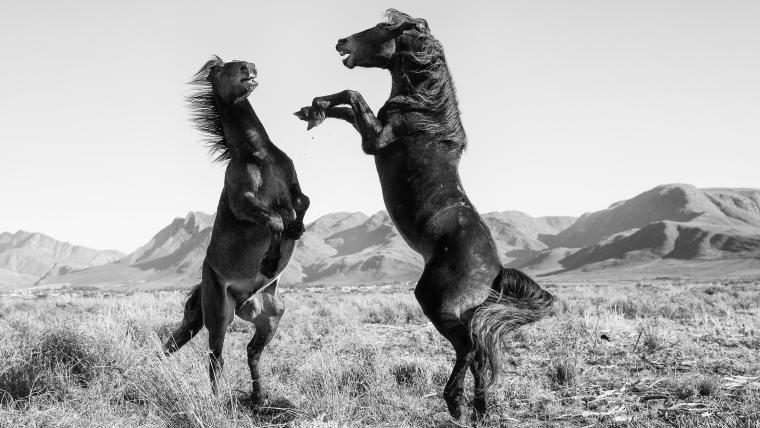

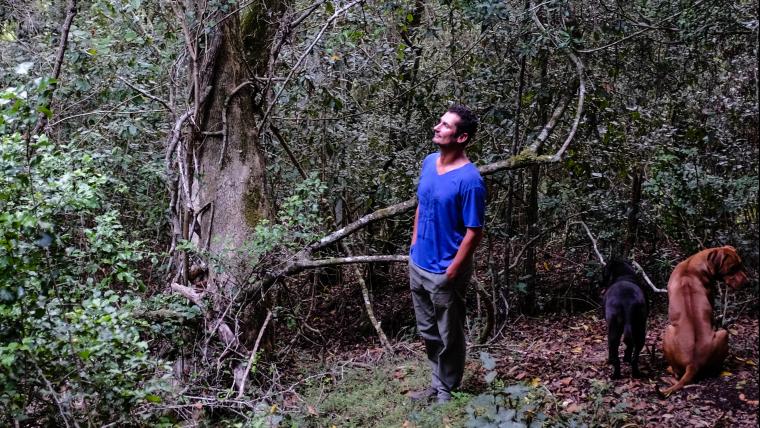

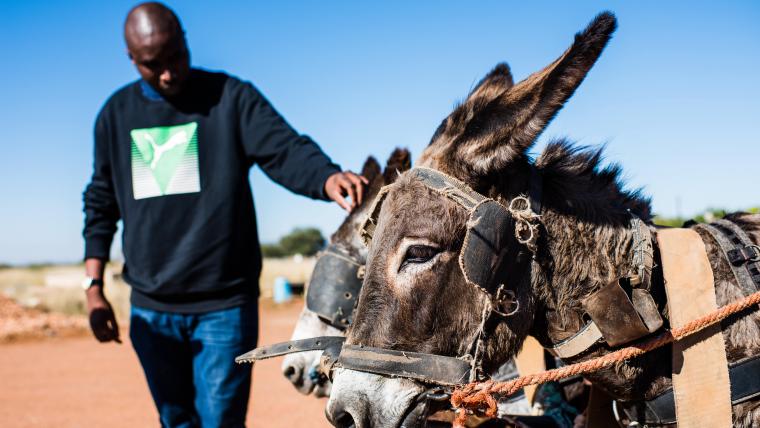
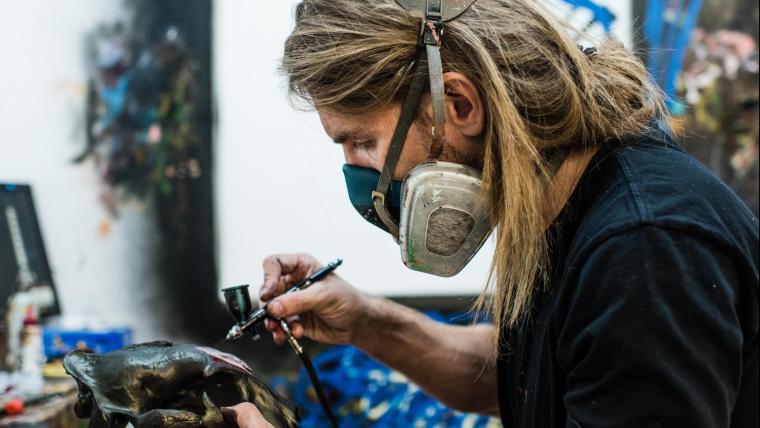
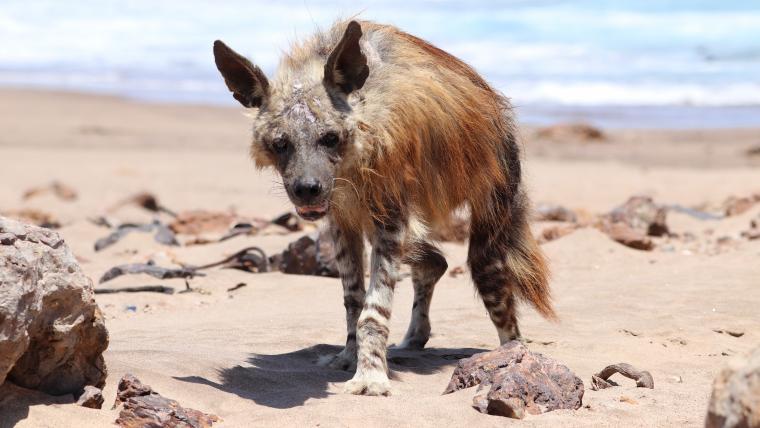























Please sign in to leave a comment